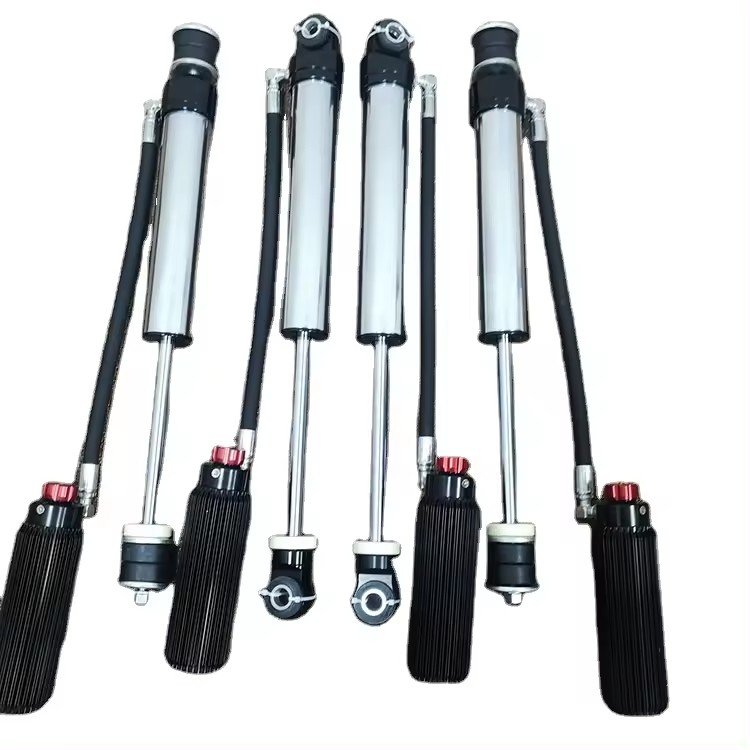Shock absorber principle
A shock absorber or damper is a mechanical or hydraulic device that absorbs and dampens the impact pulse. It does this by converting the kinetic energy of the impact into another form of energy, usually heat, which is then dissipated. Most shock absorbers are a type of damper (a type of damper that resists motion through viscous friction).
Pneumatic and hydraulic shock absorbers work with cushions and springs. Automotive shock absorbers contain spring-loaded check valves and orifices that control the flow of oil through an internal piston.
One design factor to consider when designing or selecting shock absorbers is where the energy will go. In most shock absorbers, the energy is converted to heat in a viscous fluid. In a hydraulic cylinder, the hydraulic fluid heats up, while in a pneumatic cylinder, the hot air is usually vented to the atmosphere. In other types of shock absorbers, such as electromagnetic shock absorbers, the dissipated energy can be stored and used later. In general, shock absorbers help cushion the vehicle over rough roads and keep the wheels in contact with the ground.
In vehicles, shock absorbers soften the effects of driving over rough terrain, improving ride quality and vehicle handling. While the role of shock absorbers is to limit excessive suspension movement, their primary purpose is to dampen spring vibrations. Shock absorbers use oil and gas valves to absorb excess energy from the springs. The spring rate is selected by the manufacturer based on the weight of the vehicle (fully loaded and unloaded). Some people use shock absorbers to modify spring rates, but this is not the correct use. In addition to the hysteresis of the tire itself, they dampen the energy stored in the up and down movement of unsprung weight. Effective wheel bounce damping may require adjusting the shock absorbers to the optimal resistance.
Spring-based shock absorbers typically use coil springs or leaf springs, but torsion bars are also used in torsion dampers. However, an ideal spring by itself is not a shock absorber because springs only store energy and do not dissipate or absorb it. Vehicles often use hydraulic shock absorbers and springs or torsion bars together. In this combination, the “shock absorber” specifically refers to the hydraulic piston that absorbs and dissipates vibrations. Composite suspension systems are now used mainly in two-wheelers, while leaf springs are also made of composite materials in four-wheelers.
Shock absorbers are an important part of the vehicle suspension and are designed to improve comfort, stability and overall safety. Shock absorbers are produced using precision and engineering techniques and have many important characteristics. The most common type is the hydraulic shock absorber, which usually consists of a piston, a cylinder and an oil-filled chamber. The piston is connected to a piston rod, which extends into the cylinder and divides the cylinder into two parts. One chamber is filled with hydraulic fluid, while the other contains compressed oil or air. When the vehicle is involved in an accident or vibration, the piston moves into the cylinder, forcing the hydraulic fluid through the small holes, creating resistance and dissipating energy in the form of heat. This dampens the vibration and reduces further bouncing or shaking of the car. Shock absorber construction requires balancing characteristics such as piston design, fluid viscosity and the overall size of the device to ensure performance. As technology develops, other types of shock absorbers have emerged, including gas and electric shock absorbers, which provide better control and flexibility. Due to the continuous improvement of vehicle dynamics and passenger comfort, the design and manufacture of shock absorbers are also constantly evolving.


